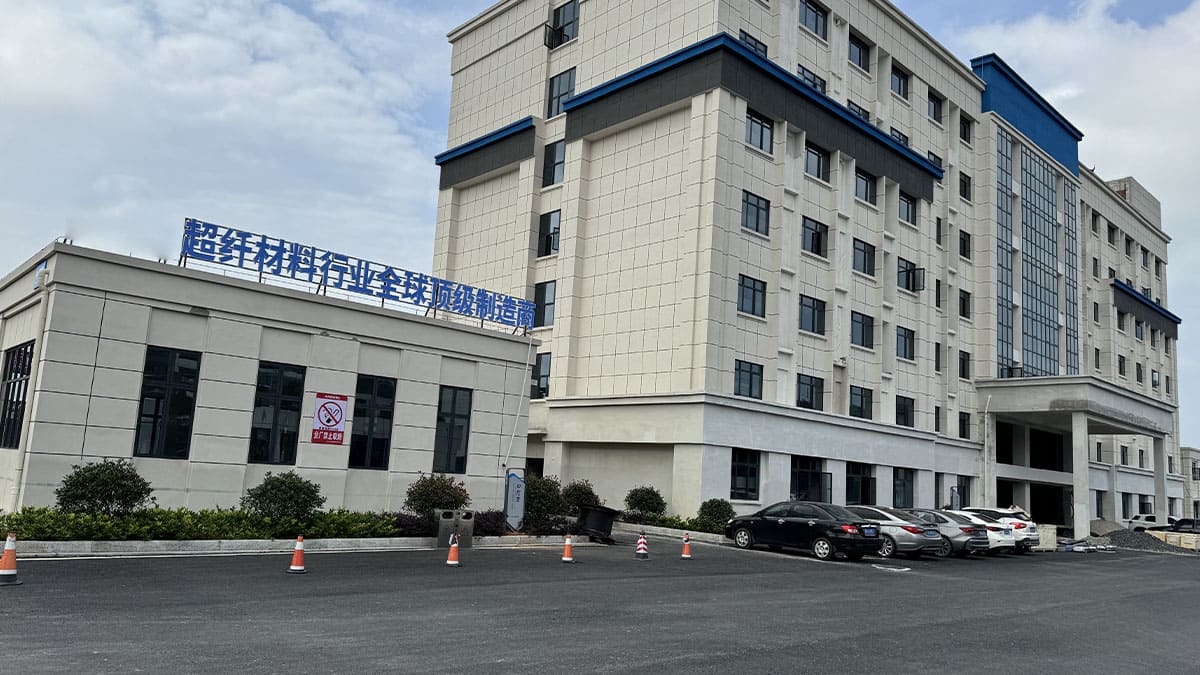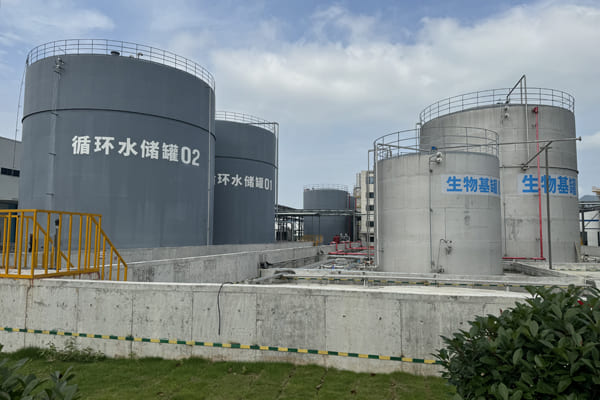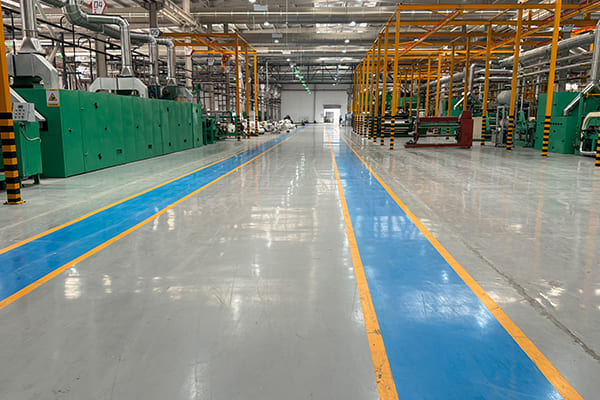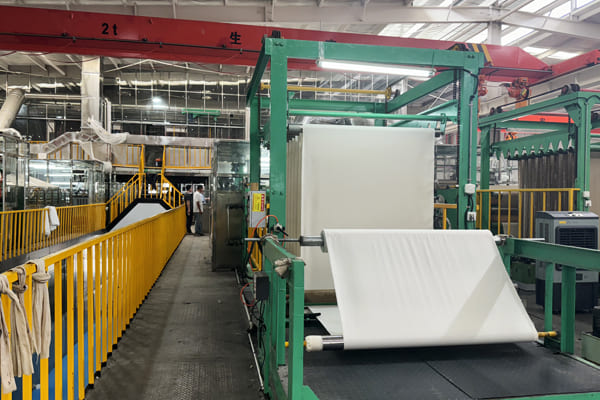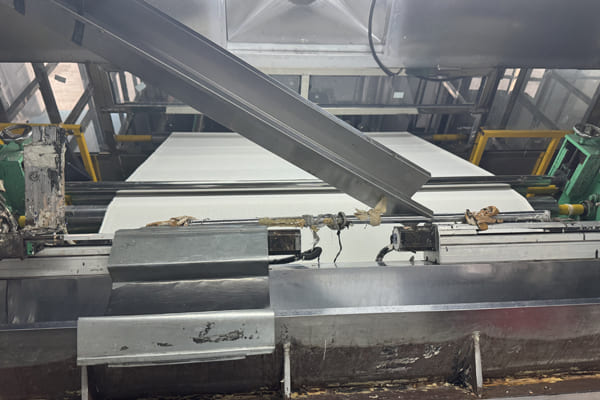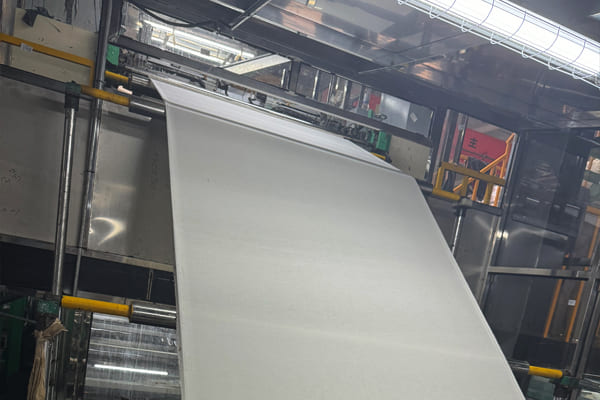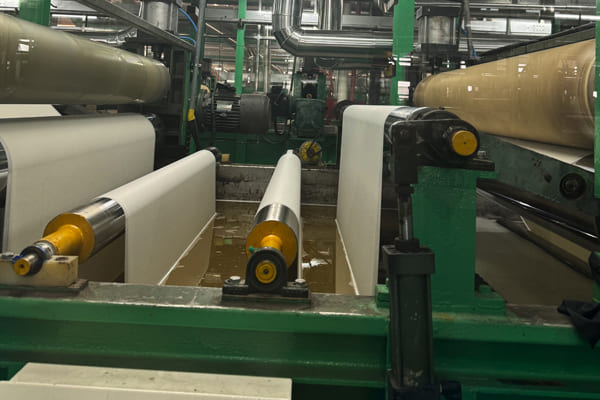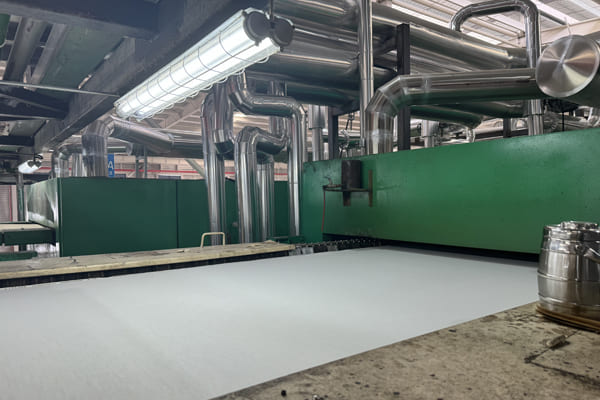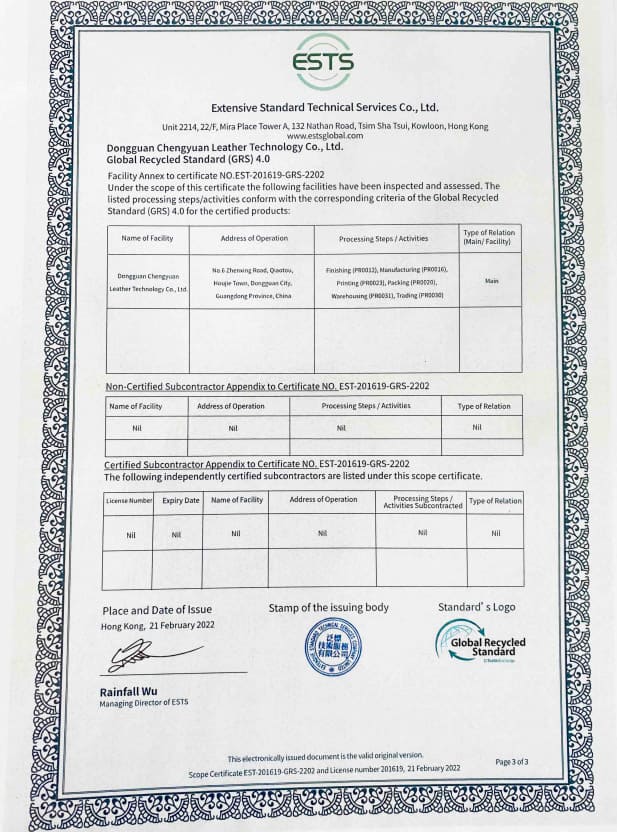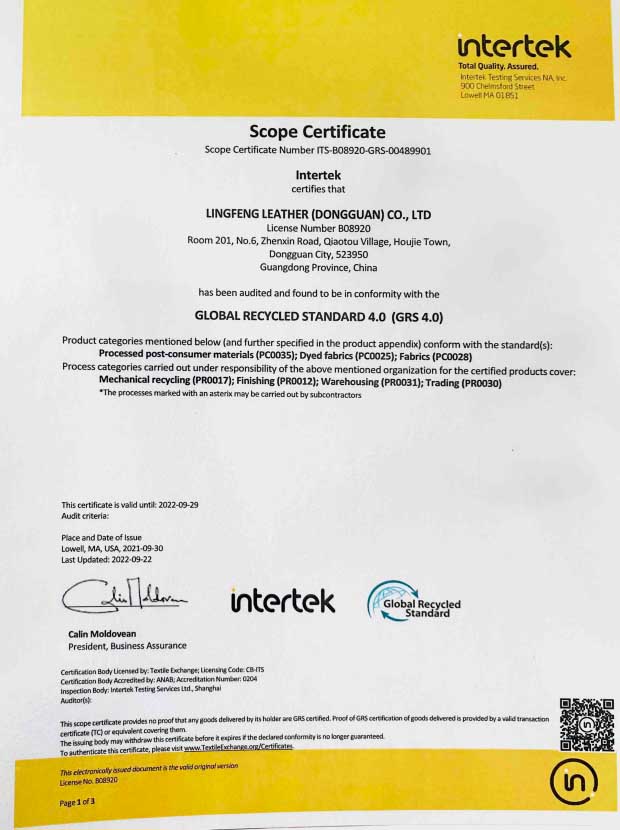About us
- Honesty
- High-quality
- High-efficiency
- Innovation
- Mutual-benefit
we continuously promote our products with the best service and quality to achieve a long-term cooperation, we are looking forward to working with you.
Who We Are?
Dongguan Taite New Material Co., Ltd was established in January of 2017. The headquarter is located in Dongguan which enjoys a good reputation as “the World Shoes Center”. Taite is specialized in the production of synthetic leathers. Through more than 20 years of growth, it has built a number of production bases in Guangdong, Fujian, Jiangxi and Bangladesh etc, and supports overseas production and delivery. Under the premise of steady production of traditional synthetic leathers, such as PVC, PU and microfiber leather, Taite has made technological breakthroughs in water-based synthetic leather, recyclable synthetic leather, bio-based synthetic leather too, and always provides a stable mature production. Its professionalism and high status in the field of synthetic leather have been recognized by the market after a long period of precipitation. Taite has built good and long-term business relationships with many well-known companies at home and abroad. Meanwhile, its products also have a good sale in Japan, Hongkong, Europe, America, Middle-east etc.. They are used widely in the field of shoes, luggage, car, clothes, sports, toiletry, furniture, children products etc.. Taite sticks to the principle of “Honesty, High-quality, High-efficiency, Innovation, Mutual-benefit” which is the operation aim and the purpose of our service. Beside, we continuously promote our products with the best service and quality to achieve a long-term cooperation, we are looking forward to working with you.
Quality Assurance
Sustainable Development
In order to better protect the environment, in the next three years, a new production base will be established to convert the existing synthetic leather production capacity into water-based synthetic leather, recyclable synthetic leather, and bio-based synthetic leather, which will effectively improve the existing production environment and reduce the work intensity of employees.
| Project | Content | Quantitative indicators (three-year plan) |
|---|---|---|
| Sustainability of materials | √ Bio-based and renewable raw materials: Use materials such as plant extracts and natural rubber to reduce dependence on petrochemical materials. | √ Bio-based materials account for 15% of total raw materials. |
| √ Recycling: Use waste materials or by-products to make leather substrates to achieve the recycling of resources. | √ Reduce waste to landfill by 30% every year. | |
| Environmental friendliness of the production process | √ Harmless production: Avoid using harmful chemicals such as chrome tanning agents and use vegetable tanning agents or water-based coatings instead. | √ Reduce carbon emissions by 20%, reducing emissions by approximately 5,000 tons of CO2. |
| √ Reduce carbon emissions: Optimize production processes or use green energy to reduce carbon footprint. | √ Save 30% of water | |
| √ Save water and reduce pollution: Efficient water resource management, reduce water consumption and wastewater discharge. | ||
| Product Lifecycle Management | √ Durability and Extended Lifespan: Designed with quality assurance to be suitable for multiple uses and extend product lifespan. | √ Achieve 30% product material recycling within three years. |
| √ Recyclable and degradable: Products that are recycled or designed to be biodegradable. | √ 90% of the products are biodegradable. | |
| √ Product recycling program: Encourage consumers to send old products back for recycling or reuse. | ||
| Social responsibility and fair trade | √ Support fair trade: Ensure that workers in the supply chain are treated fairly and work in a safe environment. | √ Create 500 local jobs within three years. |
| √ Support local community development: Create jobs and promote economic development through local procurement and cooperation. | √ Ensure that the supply chain is 100% compliant with fair trade standards. | |
| Consumer Education and Sustainable Fashion | √ Advocate for sustainable consumption: Promote the advantages of environmentally friendly leather and provide product maintenance suggestions. | √ All products will obtain OEKO-TEX and GOTS certification within three years. |
| √ Transparency and certification: Display environmental certifications or labels, such as OEKO-TEX, GOTS, etc. | √ Organize 10 environmental protection themed activities every year. | |
| Innovation and technological breakthroughs | √ New environmentally friendly materials: research and development of laboratory-grown leather, seaweed or mushroom materials made using biotechnology, etc. | √ Invest 5% of annual R&D expenses in environmental protection technology innovation. |

